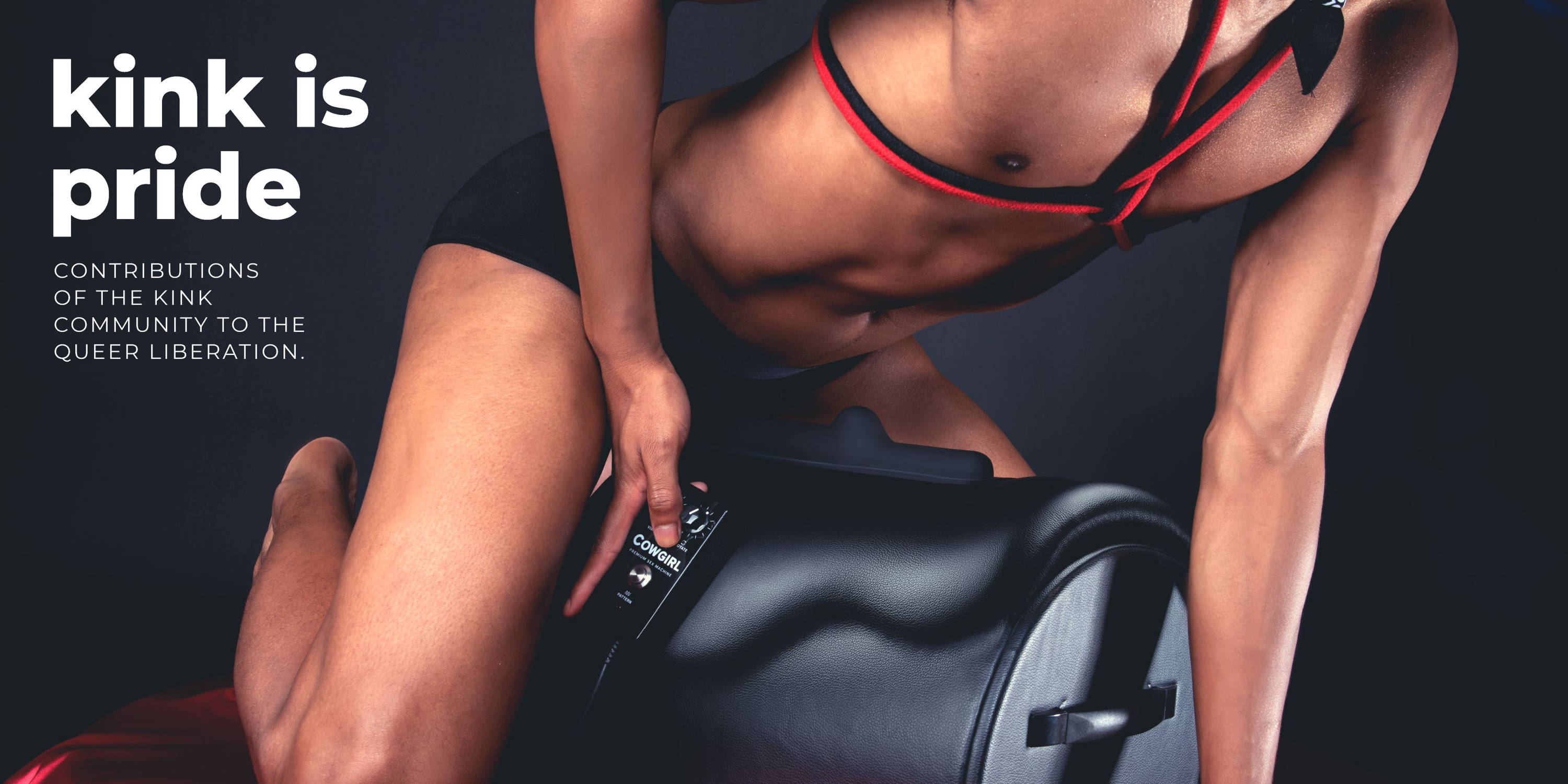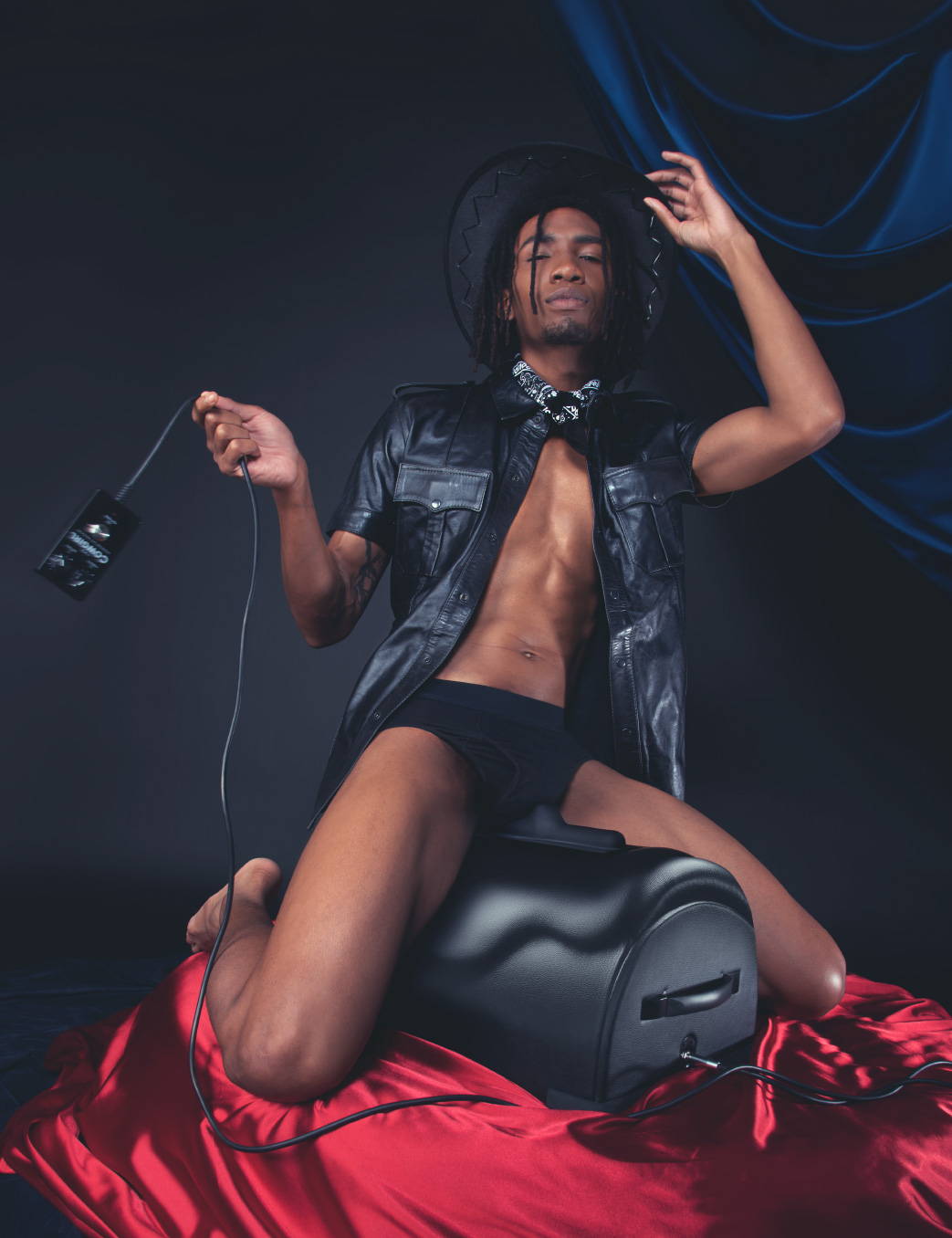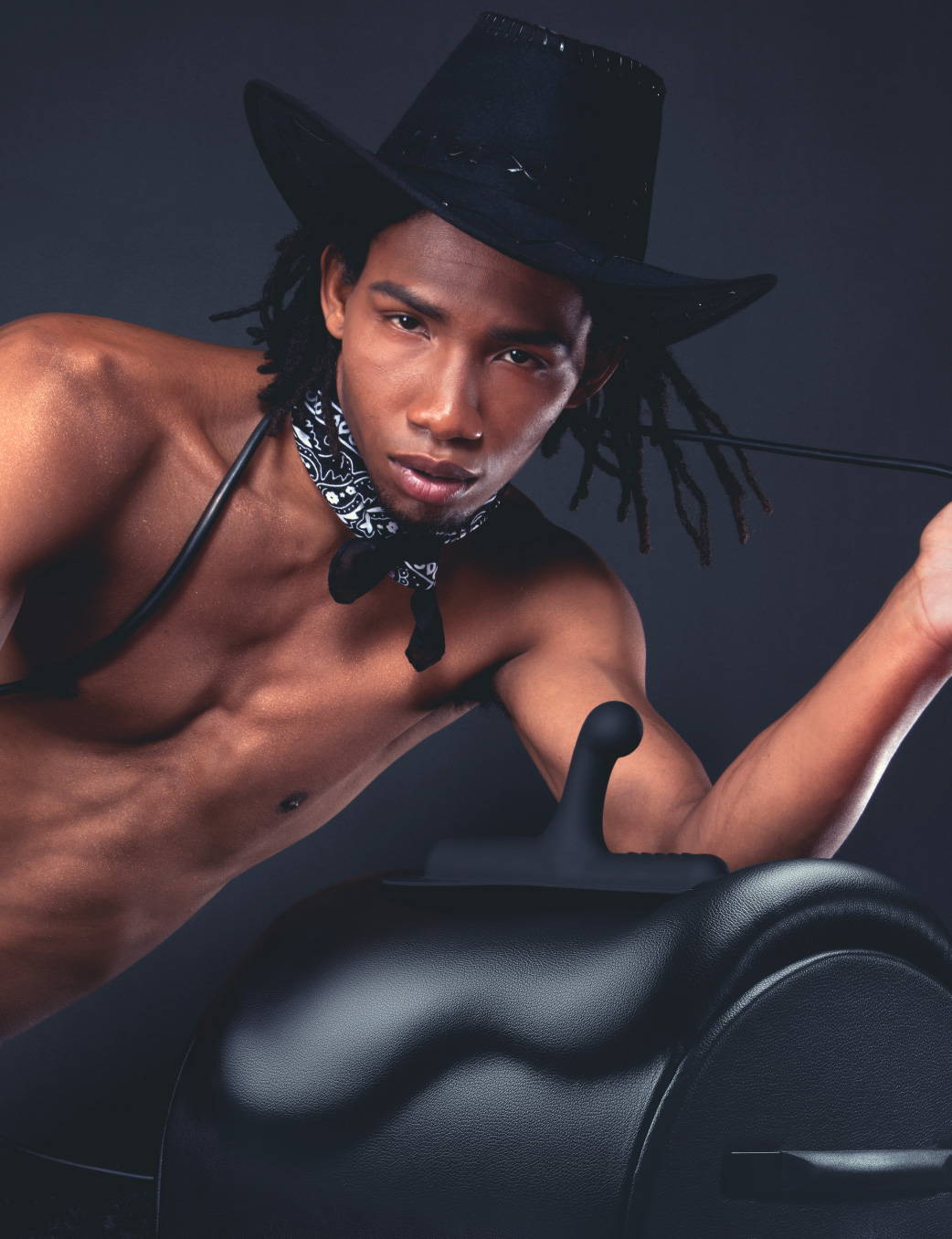

In recent Prides, the topic of the relevancy and presence of kink and fetish at pride was an "inappropriate display that sexualizes Pride demonstrations." These perceptions have sparked many debates within the community that often draw generational lines between recognizing the past and the original purpose of Pride, vs making Pride a more inclusive event that fosters the presence of families with children of all ages and makes the event more engaging for allies.
What has been overlooked in these calls for a more "family appropriate" and "approachable" pride are two factors. One is that of the historic contributions of the kink community, and the second is that of Pride is a protest. And Protests, at their core, are not effective if they are made "approachable".
Demonstrations of queer culture and sexuality are the very purpose of Pride Parades. No matter how much Lady Gaga is blasted or Bank of America fans get thrown to the audience, these Parades originated as and still remain a protest against the oppression of an entire community. The idea that sex is offensive and damaging is a regressive idea that is embedded in assimilating the LGBTQIA2S+ community into a heteronormative-acceptable culture. Pride originated with people viewed by the heteronormative public to be "deviant" fighting back against the oppression of their lifestyle as early as the very first Pride protest in 1969.
Although the conversation regarding drag has changed massively since RuPaul's Drag Race brought the artform to our living rooms in the 2010s, in the 20th century, drag was largely considered as a "deviant" activity. The leaders of the queer liberation movement, Marsha P. Johnson and Sylvia Rivera were considered by their contemporaries to be engaging in kink by 1960s standards and were even charged under New York's sexual deviancy laws for "cross-dressing".
Likewise, the leather community (which is often seen as the catalyst of the issues regarding "kink" at pride) also has a historic significance in the queer liberation movement as described by queer historian Caroll Truscott. "Leather bars became safe spaces for queer people in the 50s and 60s, creating chosen families for estranged queer youth". While our safe spaces have historically been built around these sub-cultural community centers, many in the LGBTQIA2S+ community see sexuality and chosen family to be strongly connected. Showings of "kink" at pride, while rooted in sexuality, are on a grander scheme about community.


It is also important to note that the perceptions of these BDSM acts from a heteronormative scope might seem like a way to enhance their sex life, but hold a much stronger significance in the queer community. Columnist Chingy Nea points out in their 2019 article for "them" magazine that the leathermen and leatherdyke communities build on traditions of service, risk-aware consent, and acceptance. This goes deeper in a historical context as those from the leather community assumed front-line responsibility in caring for those affected during the AIDS crisis. Many "leather balls" were held as fundraisers for medical bills and awareness exercises and, in some cases, leather community members even personally acted as nurses during a time when lack of compassion was commonplace at most hospitals.
It is with this recognition of history that kink should be seen within the context of Pride. Pride is about honoring the history of queer liberation and continuing to protest for the protection and recognition of LGBTQIA2S+ rights. This is a community that has sought a safe space for decades and visitors to this space should work to curate their perceptions accordingly, not the other way around.
Subscribe to our newsletter and receive a welcome code to
SAVE $100 on The Cowgirl Premium Sex Machine